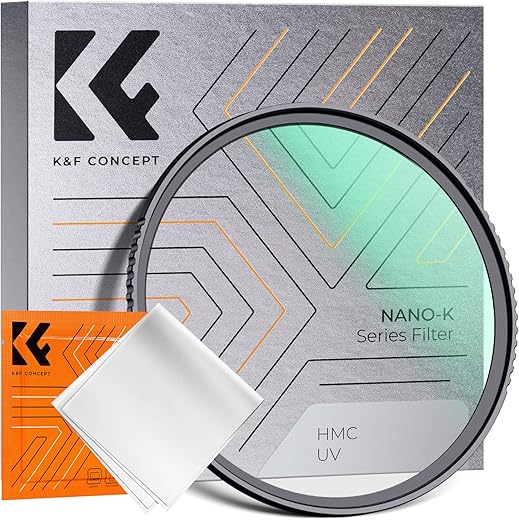
Tech Deep Dive: How Multi-Coatings Amplify Color and Contrast
A quick look at why multi-coatings matter
Multi-coatings use thin-film optics to reduce unwanted reflections and shape transmitted spectra, producing visibly improved color fidelity and contrast. By stacking dielectric and metallic layers at precise thicknesses, coatings control interference and absorption so lenses and sensors pass desired wavelengths while suppressing stray light.
This article takes a technical but accessible tour: optical fundamentals; what multi-coatings are and how they are designed; mechanisms by which they boost contrast and color; specialized combinations like polarizing or mirror coatings; manufacturing methods and quality control; measurement metrics and test techniques; and practical selection, trade-offs, and care. Readers will gain the tools to evaluate coatings for photography, eyewear, imaging sensors, and displays.
Expect diagrams, spectra, and examples.


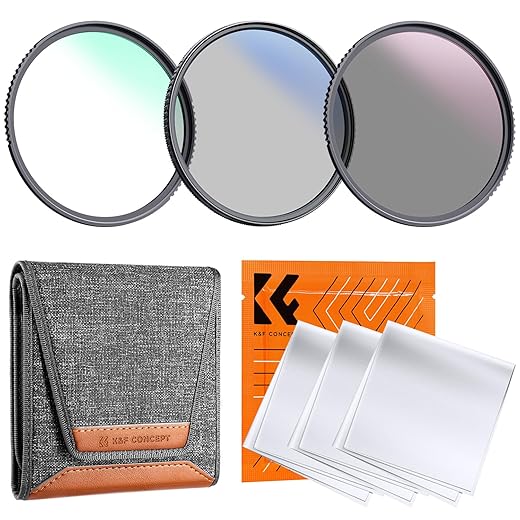
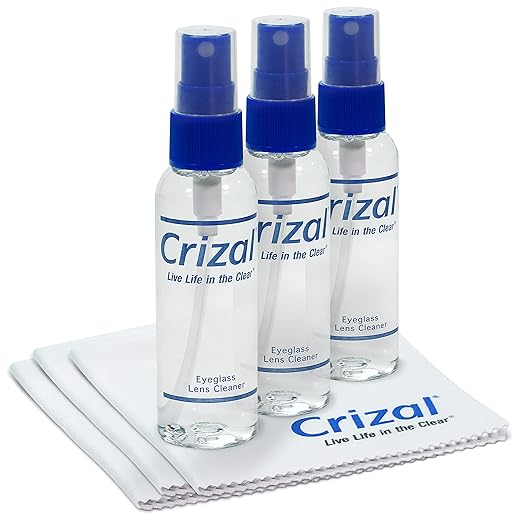
What Factors Intensify Simultaneous Contrast in Graphic Design
Optical fundamentals: light, reflection, and the problem coatings solve
Fresnel reflections — where light first goes wrong
Any boundary between materials (air ↔ glass) reflects a portion of incident light; this follows Fresnel equations. For typical crown glass, each air–glass surface reflects ~4% of visible light at normal incidence. Multiply that across a camera lens or eyeglass and you lose a lot of image energy — producing dimmer, lower-contrast images and adding stray highlights.
Thin-film interference — the qualitative picture
When a thin dielectric layer sits on glass, reflected waves from the top and bottom of the layer combine. Depending on layer thickness, refractive index and wavelength, they interfere constructively or destructively. That’s why single-layer coatings target one wavelength; multi-layer stacks tailor a wider band and shift the effective refractive index so more wavelengths cancel reflections. Think of it as tuning tiny musical echoes so the “noise” (reflections) cancel out.
Internal reflections, ghosts, and color shifts
Inside multi-element lenses, partial reflections create ghost images and veiling flare; they also selectively attenuate wavelengths, subtly shifting color balance. Mirror coatings (e.g., on binocular prisms) or cheap uncoated filters can introduce colored fringes or reduce shadow contrast — a common gripe with inexpensive CPL filters on a Nikon Z6 or Sony FE lens.
Angle- and polarization-dependence
Reflection magnitude and phase change with incidence angle and polarization. At oblique angles, even good coatings can show colored “hotspots” or increased reflectance; polarized light (from skies or LCDs) interacts differently, which is why polarizers combined with coatings can either help or complicate color rendition.
Quick, practical tips you can use now
These principles show why even a small coating makes a big visual difference — next we’ll examine what those multi-layer stacks actually look like and how they’re designed.
What multi-coatings are: materials, layer stacks, and design goals
Architecture: how the stack is built
At its core a multi-coating is a controlled stack of alternating high- and low-refractive-index dielectric layers deposited on glass. The simplest design uses quarter-wave optical thicknesses tuned to cancel reflections at a target wavelength. More advanced designs use non-quarter-wave layers, graded-index stacks or continuous-index “rugate” filters to flatten reflectance across a broad band and reduce ripple. Think of the stack like a tuned equalizer: layer thickness and index shape the spectral response.
Common materials and their roles
Typical dielectrics you’ll see in camera lenses, displays and filters include:
Design goals and practical trade-offs
Designers target broadband transmission, angular robustness and minimal color cast. To meet those goals they balance:
Practical tips: prefer branded multi-coatings (Zeiss T*, Nikon Nano, Canon Super Spectra) for critical use, expect trade-offs between extreme broadband AR and angular performance, and inspect samples under oblique light to reveal color shifts before buying.
How multi-coatings improve contrast and color: mechanisms and spectral effects
Higher transmission → brighter, punchier images
By cancelling Fresnel reflections with interference, multi‑coatings send more light through a surface. That higher absolute transmission makes images look brighter and increases perceived contrast because more scene light reaches the eye or sensor relative to stray light. In photography that can translate to tighter shadows and richer midtones without changing exposure.
Suppressing stray reflections and ghosts
Coatings reduce the small, distributed reflections that create veiling glare and faint “ghost” images inside lenses or on displays. Removing those low-level reflections restores local contrast — fine details pop because the background stray light floor is lowered.
Flattening spectral response and correcting color
A smooth, flat transmission curve prevents wavelength‑dependent tinting. Designers can intentionally raise or cut narrow bands to compensate for yellowed glass, sensor biases, or LED spectral spikes — for example, trimming a blue peak to neutralize a cool LED or boosting red to offset a bluish substrate. The result is better color fidelity and less need for software corrections.
Angle dependence — the caveat
Interference is wavelength‑dependent with angle: oblique viewing shifts the effective tuning, producing subtle color shifts at glancing angles. Practical tips:
These mechanisms—more light, less stray reflection, and tailored spectra—explain why coatings feel like a visual upgrade. Next, we’ll look at how specialized coatings (polarizers, mirrors, functional overlays) combine these effects for targeted performance.
Specialized coatings and combinations: polarization, mirror, and functional overlays
Polarized coatings and polarizers
Polarizers (absorptive or laminated) are the go‑to for glare control—think an angler spotting fish through reflective water or a pilot reducing runway washout. Polarized multi‑coatings can be laminated to glass or deposited as thin-film polarizers for displays. They change perceived contrast dramatically but also reduce overall transmission, so designers balance polarization axis, tint, and light loss.
Dichroic / mirror coatings
Dichroic (interference) mirror coatings give strong, often colorful reflection while passing or rejecting selected bands. “Cold mirrors” reflect visible light but transmit IR, useful in lamp systems; “hot mirrors” reject IR to protect sensors. On camera lenses and architectural glass, mirror coatings control stray light and craft aesthetics without bulk metallic layers.
Wavelength‑selective coatings
Blue‑cut or IR‑cut stacks improve contrast in specific scenes: cutting blue reduces atmospheric haze for distant landscape views; IR rejection prevents sensor bloom and color shifts under sunlight. These are common in photography filters (e.g., IR/UV cut) and medical scopes to enhance tissue contrast.
Protective functional overlays
Hydrophobic (lotus‑effect) and oleophobic layers keep surfaces clear and smudge‑free; DLC or silica hardcoats add abrasion resistance; anti‑fog coatings are porous hydrophilic films that spread condensation. Smartphone screen and eyewear suppliers routinely specify Taber abrasion and tape‑adhesion tests for these layers.
Integrating AR with functional layers: practical tips
Combining AR stacks with polarizers, mirrors, or protective overlays requires spectral and angular compensation to preserve color neutrality and transmission. Best practices:
Next we’ll examine how those precise stacks are actually deposited and verified in production.
Manufacturing and quality control: deposition methods and process challenges
Common deposition methods
At production scale, three PVD families dominate: electron‑beam evaporation (fast, cost‑effective, good for simple AR stacks but more porous films); magnetron sputtering (denser, better adhesion and index control, preferred for hard, multi‑layer dielectrics); and ion‑assisted deposition (IAD), which combines evaporation or sputter with ion bombardment to increase film density and durability. Typical shop gear: Veeco/ULVAC e‑beam systems for high throughput, AJA or Kurt J. Lesker magnetrons for precision sputtering, and Angstrom/Veeco IAD options when stress and adhesion must be controlled.
Tooling and process controls
Tight process control is everything: quartz crystal microbalances (QCMs) track deposition rate and thickness in real time; in‑situ optical monitors (Filmetrics, Sentech-style) measure evolving reflectance/transmission to hit spectral targets; substrate rotation, planetary fixtures, and heated chucks ensure uniformity; load‑locks and base‑pressure controls minimize contamination. Best practice: pair QCM with optical endpoint detection and log every run for traceability.
Typical process challenges
Quality‑control tests
Measuring performance: metrics and test methods for contrast and color
Spectral transmission and reflectance
The backbone is precise spectrophotometry: measure transmission and reflectance across 300–1100 nm (or wider for special optics) using a bench spectrophotometer (PerkinElmer Lambda) or compact probes (Ocean Insight USB spectrometers). Use an integrating sphere to capture total and diffuse components, and a specular port to isolate mirror-like reflections. Best practice: collect both absolute and relative spectra, log dark/current corrections, and compare to a reference witness sample.
Contrast, stray light, and ghost imaging
Quantify contrast with imaging tests: photograph high-contrast test targets (black square on bright field) and measure contrast ratio and veiling glare. ISO 12233 charts and slanted-edge targets reveal ghost spots and haloing; evaluate stray-light by inserting bright off-axis sources and mapping ghost images. Simple tip: a 1000 cd/m2 white LED and controlled dark background expose even subtle ghosts.
Color fidelity: CIE ΔE and derived metrics
Convert measured spectra to XYZ/xyY and compute ΔE (ΔE00 preferred) against a neutral reference to quantify coating-induced color shifts. Report correlated color temperature (CCT) changes and spectral mismatch index (SPI) for display or illumination contexts.
MTF and angle-resolved tests
Measure MTF (slanted-edge or Siemens star) to capture effective sharpness; coatings improve perceived MTF indirectly by reducing veiling glare. Run angle-resolved spectrometry or goniometric scans (0°–60°) to reveal color shifts with viewing angle and guide coating choices for wide-FoV applications.
Practical impacts and selection guidance: applications, trade-offs, and care
Where you’ll notice the benefits
Photographers get less flare and truer microcontrast—think Canon lenses with Super Spectra or Zeiss T* glass producing punchier landscapes at sunrise. Eyewear (Zeiss DuraVision, Essilor Crizal) reduces glare for sharper driving vision. Binoculars and telescopes (Swarovski EL, Zeiss Victory) gain better low-light performance and cleaner star fields. Camera modules and sensors use AR stacks to cut sensor reflections and ghosting (common on smartphone IMX-class sensors). AR/VR systems rely on multi-layer coatings to keep color fidelity across stacked optics and waveguides, improving perceived contrast in headsets like Meta/Oculus models.
Key trade-offs to weigh
How to choose and maintain
With those practical points in mind, we move to put multi-coatings in perspective in the Conclusion.
Putting multi-coatings in perspective
Multi-coatings are engineered thin‑film stacks that substantially boost contrast and color fidelity by minimizing unwanted reflections and selectively shaping transmission. Their real-world benefit hinges on layer design, material choices, and manufacturing precision: a well‑designed, well‑made coating delivers measurable spectral improvements; a poor implementation can underperform or introduce color shifts.
When choosing optics, prioritize spectral data, contrast/throughput measurements, and hands‑on tests over marketing claims. Match coating types to application trade‑offs (durability vs. peak performance), and consider care requirements. Thoughtful evaluation ensures coatings amplify image quality where it matters most. Test samples whenever possible before final procurement decision.

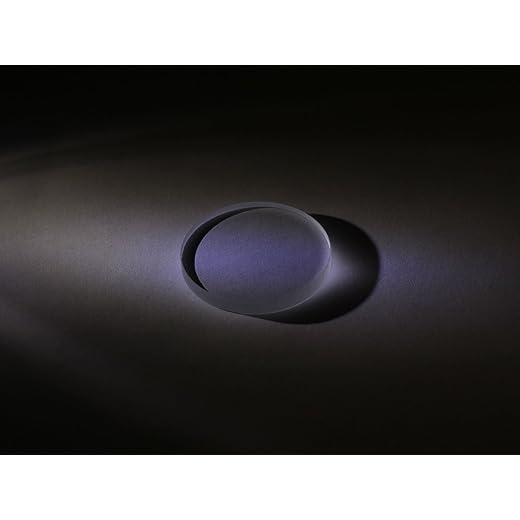


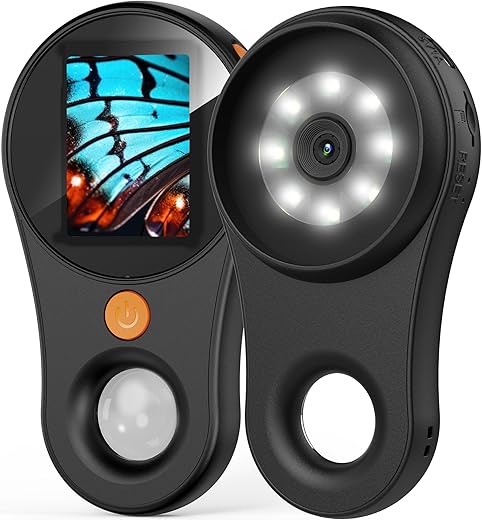
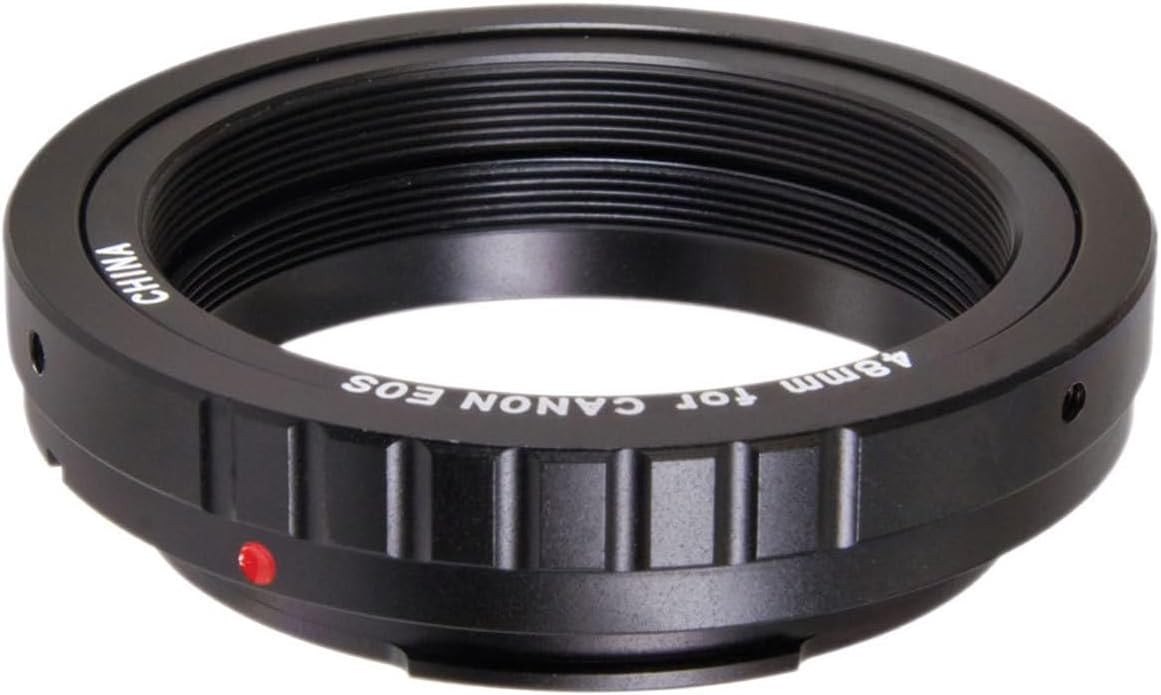

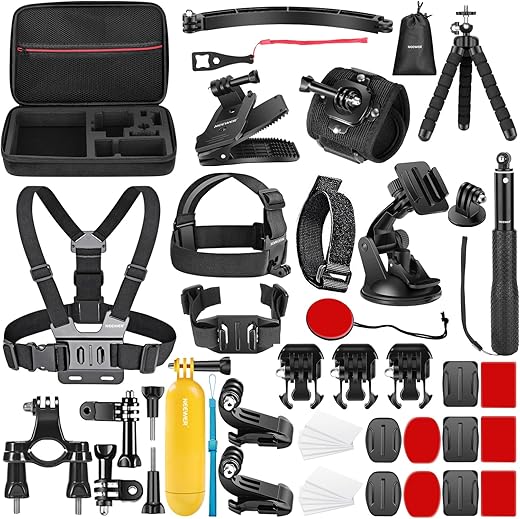

Really appreciated the measuring performance section — stuff like spectral reflectance curves and contrast metrics is where the rubber meets the road.
I work with displays and colorimeters, so the mention of the Calibrite Display Pro HL hit home. If you’re calibrating a monitor for accurate color work after changing camera or filters, that device is excellent at measuring luminance and gamut.
Some extra notes:
– Multi-coatings can shift perceived white balance slightly depending on layer design.
– For critical color work, measure before/after filters with a spectrometer.
– The article could show a couple of example spectra for AR vs multi-layer stacks.
Anyway, great job — technical but readable.
Curious: Lina, have you ever compared the Calibrite to cheap colorimeters? Is it worth the price for hobbyists?
Totally — a before/after spectral plot would be gold. I use the Calibrite too and can vouch it picks up subtle tints that your eye sometimes misses.
Thanks Lina — great suggestions. We’ll see if we can get some example spectra into the next edit, and maybe a short demo with the Calibrite unit.
@Tom Exactly. Also, for anyone testing, keep lighting consistent — small changes in incident light mess up the comparison.
Fun read. Quick take: polarized sunglasses (KALIYADI) are the easiest multi-coating win for daily life — they cut glare like magic and improve perceived contrast when driving or fishing.
That said, polarization isn’t a cure-all. My phone screen still had reflection issues until I slapped on the Samsung Galaxy S25 Ultra Anti-Reflecting Screen Film. TBH the film made more immediate difference than swapping camera filters once.
LOL at the bit about “putting multi-coatings in perspective” — feels like a mic drop for people who think coatings are just marketing. 😄
Thanks Omar — agree that AR screen films and polarized sunglasses are the most tangible, everyday examples. Good to hear the S25 film worked well for you.
Yup, phone films are underrated. I bought the Samsung AR film after reading a few threads and it’s night-and-day in bright sunlight.
That AR-coated glass lens for the SureFire 6P mention made me chuckle — weaponized optics deserve good coatings too, haha.
On a serious note, I’m curious about durability vs performance trade-offs. The article touched on hard topcoats, but do tougher coatings compromise spectral performance? Anyone tested coated tactical lights long-term?
I had an AR-coated SureFire lens for a few years. No noticeable color shift, but tiny micro-scratches after a lot of rough use did increase scatter. So durability matters for contrast over time.
Good question — generally, abrasion-resistant topcoats aim to be optically neutral, but imperfect deposition can slightly change reflectance. Long-term testing is sparse in the public domain; manufacturers often do private life tests.
Nice breakdown. I’ve used the K&F 58mm MCUV on a few lenses and always wondered how much the coating actually mattered beyond “blocking UV.” After this article I get that the multi-coating stack reduces ghosting and slightly alters color cast — explains why my landscape shots pop more with the 55mm UV CPL ND kit too.
One thought: would love a quick cheat-sheet for which coating to choose first (UV vs CPL vs AR) for travel photography. Also, anyone tested the filters under heavy flare conditions?
Also worth noting: cheap UV filters can add unwanted reflections if they lack good multi-coating. Spend a bit more on AR coatings and you’ll notice the difference in high-contrast scenes.
Good point, Mark — I’ll add a short decision flow in a follow-up post (travel/workflow focused). Short answer: start with CPL for reflections, add ND for shutter control, then UV mainly for protection/flare control depending on scene.
Agree with Mark — CPL first for water/sky, ND if you need long exposure. UV is mostly protective these days. I have the K&F 55mm kit and it’s been solid, fwiw.
Short and sweet: this article convinced me to stop thinking of coatings as “black magic.” The combo suggestions (polarization + AR + mirror) were practical — I’m testing those K&F filter stacks this weekend and planning to recalibrate my monitor with the Calibrite afterwards.
Also, nice to see manufacturing caveats included. 👍
If you post the Calibrite readings, include the ambient illumination values too (cd/m2). That helps others replicate your setup.
Great to hear, Eve — let us know how your tests go. If you can share any before/after shots or notes on perceived color shifts that would help other readers.
Will do! Planning a short A/B gallery with/without the K&F CPL and the Calibrite readouts.
I liked the manufacturing section but felt it skimmed over real-world QC issues.
Like, yes, sputtering and CVD are standard, but what about batch-to-batch variability? I bought an “AR-coated” Crizal cleaner kit (nice spray and cloth, btw) and my glasses still had hotspots under certain angles. The article talked about process challenges but didn’t give practical red flags for consumers to look for when buying AR-coated eyewear or filters.
Also, tiny typo on p.8 — “desposition” should be “deposition” 😉
Anyway, solid read overall. Would be great to see a buyer’s checklist.
P.S. I love the “Putting multi-coatings in perspective” ending — realistic, not preachy.
@Hannah Exactly! That’s the trick I ended up using. Also, Crizal is fine for cleaning but it won’t fix bad coatings — it just makes them look cleaner.
Good catch on the typo — thanks, Claire, we’ll fix that. Also appreciate the QC note; adding a consumer checklist (hotspots, uniformity, batch labeling) is a great idea.
Claire, hotspots are maddening. I learned the hard way that some cheaper AR coatings will look fine at normal angles but glow at oblique angles. Try comparing under a desk lamp at a low angle before buying.
Minor note: some lens manufacturers will state the number of coating layers or provide pass/fail reflectance numbers. If available, prefer that over vague “AR-coated” labels.
We’ll include recommended simple tests for detecting hotspots and coating non-uniformity in the updated Practical Impacts section.